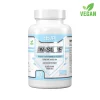Free shipping from € 250,-
Trained by JP – Insure GDA
€ 44,95 € 38,21
In-Sure is the GDA product from Trained By JP Nutrition.
EURO MUSCLE SHOW DEALS
Op voorraad
 Exclusive brands only
Exclusive brands only
 Free shipping from € 250,-
Free shipping from € 250,-
 Free goodies
Free goodies
 Ordered before 18:00, shipped the same working day.
Ordered before 18:00, shipped the same working day. 
Shipping costs & times per country
| Country | Via | Working days | Shipping costs | Free from |
|---|---|---|---|---|
|
Netherlands |
PostNL | 1 | € 6,95 | € 60,- |
| * Possible supplement for Wadden Sea islands | ||||
| Belgium | PostNL | 1 | € 6,95 | € 60,- |
| Luxenburg | PostNL DPD | 1-2 | € 6,95 | € 60,- |
| France | DPD | 2-3 | € 9,95 | € 250,- |
| * Possible supplement for remote areas and islands (Corsica) | ||||
| Italy | DPD | 3 | € 19,95 | € 250,- |
| * Possible supplement for remote areas and islands (Sicily, Sardinia) | ||||
| Spain | DPD | 3 | € 19,95 | € 250,- |
| * Possible supplement for remote areas and islands (Balaeren, Canary Islands) | ||||
| Germany | PostNL DPD | 3 | € 7,95 | € 100,- |
| * Possible supplement for remote areas and islands | ||||
| Portugal | DPD | 4 | € 19,95 | € 250,- |
| * Possible supplement for remote areas and islands (Azores, Madeira) | ||||
| Denmark | PostNL DPD | 2-3 | € 9,95 | € 250,- |
| * Possible supplement for remote areas and islands (Greenland, Faraör Islands) | ||||
| Bulgaria | DPD | 5 | € 19,95 | € 250,- |
| Estonia | DPD | 4 | € 19,95 | € 250,- |
| * Possible supplement for remote areas and islands | ||||
| Finland | DPD | 4 | € 19,95 | € 250,- |
| * Possible supplement for islands (Aland Islands) | ||||
| Greece | DPD | 7 | € 19,95 | € 250,- |
| * Possible supplement for remote areas and islands (Crete) | ||||
| Hungary | DPD | 3 | € 9,95 | € 250,- |
| Ireland | DPD | 3 | € 19,95 | € 250,- |
| * Possible supplement for remote islands (Northern Ireland) | ||||
| Croatia | DPD | 5 | € 19,95 | € 250,- |
| * Possible supplement for remote areas and islands | ||||
| Latvia | DPD | 4 | € 19,95 | € 250,- |
| Lithuania | DPD | 4 | € 19,95 | € 250,- |
| Austria | DPD | 2 | € 9,95 | € 250,- |
| Poland | DPD | 3 | € 9,95 | € 250,- |
| Romania | DPD | 4 | € 19,95 | € 250,- |
| Slovenia | DPD | 2-3 | € 19,95 | € 250,- |
| Slovakia | DPD | 3 | € 19,95 | € 250,- |
| Czech Republic | DPD | 3 | € 9,95 | € 250,- |
| Sweden | DPD | 3 | € 19,95 | € 250,- |
| * Possible supplement for remote areas | ||||
Nice goodies with every order:
Alpha Supps Car smell
Free when you spend from €50
Alpha Supps - Gym Logbook
Free with spendings from € 100
Alpha Supps - Shaker
Free with spendings from € 150
Alpha Supps - Lifting Straps
Free with spendings from € 250
Available samples of supplements will be manually added to your order if in stock. The higher the purchase amount, the more goodies. Above €250, you will therefore receive 4 goodies. The products are automatically added at checkout.


 10X Athletic
10X Athletic Alpha Designs
Alpha Designs Alpha Lion
Alpha Lion Applied Nutrition
Applied Nutrition Axe & Sledge
Axe & Sledge Biotech USA
Biotech USA Chaos Crew
Chaos Crew Chemical Warfare
Chemical Warfare Ghost
Ghost Complete Strength
Complete Strength Conteh Sports
Conteh Sports HR Labs
HR Labs Muscle Rage
Muscle Rage Per4m
Per4m Professor Nutz
Professor Nutz Project AD
Project AD Project AD
Project AD Pure Labs Nutrition
Pure Labs Nutrition RAW Nutrition
RAW Nutrition Rabeko
Rabeko Redcon1
Redcon1 Revive MD
Revive MD Ryse Supplements
Ryse Supplements Strom Sports Nutrition
Strom Sports Nutrition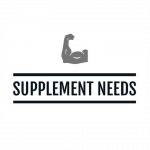 Supplement Needs
Supplement Needs Trained by JP
Trained by JP Zoomad Labs
Zoomad Labs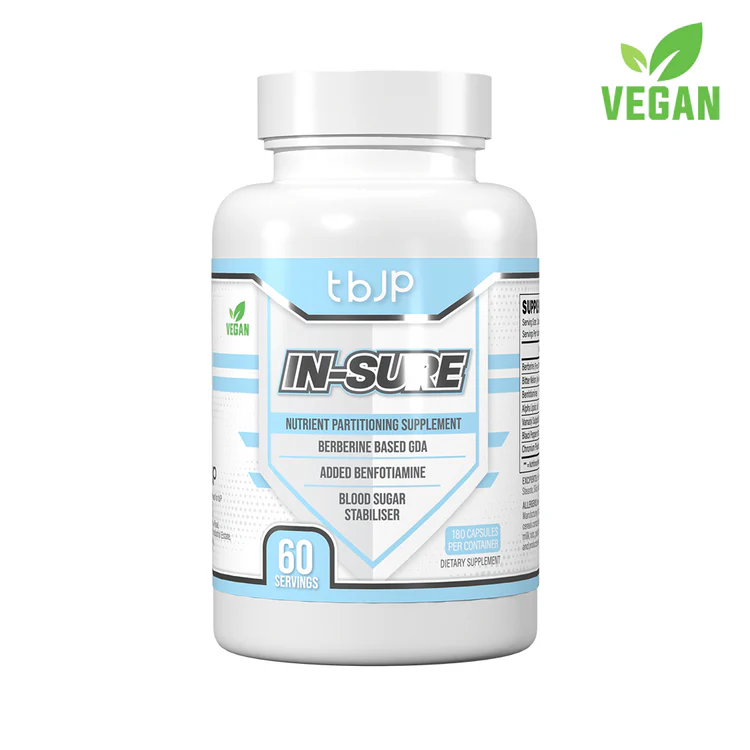
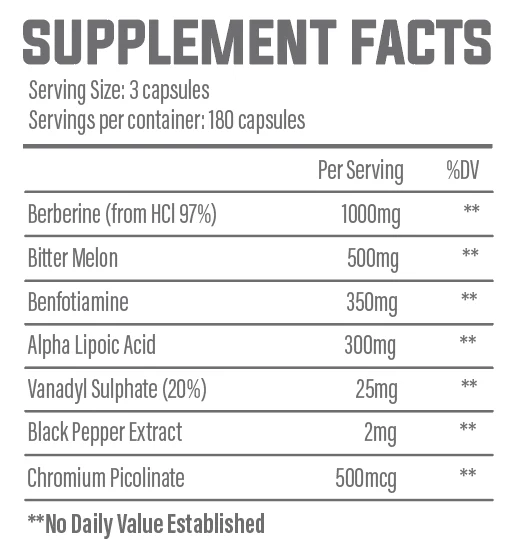
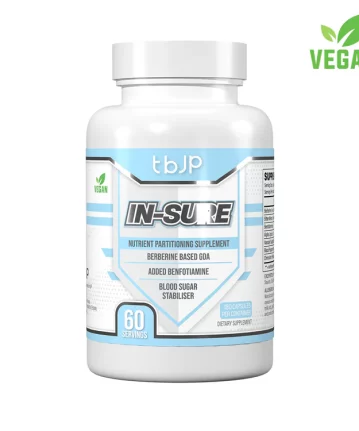
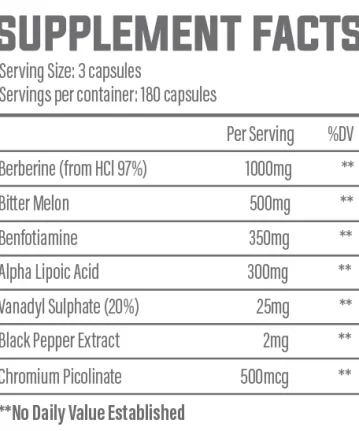


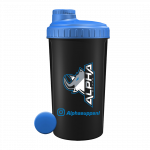

 Webshop Keur
Webshop Keur